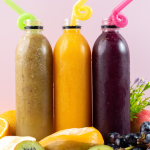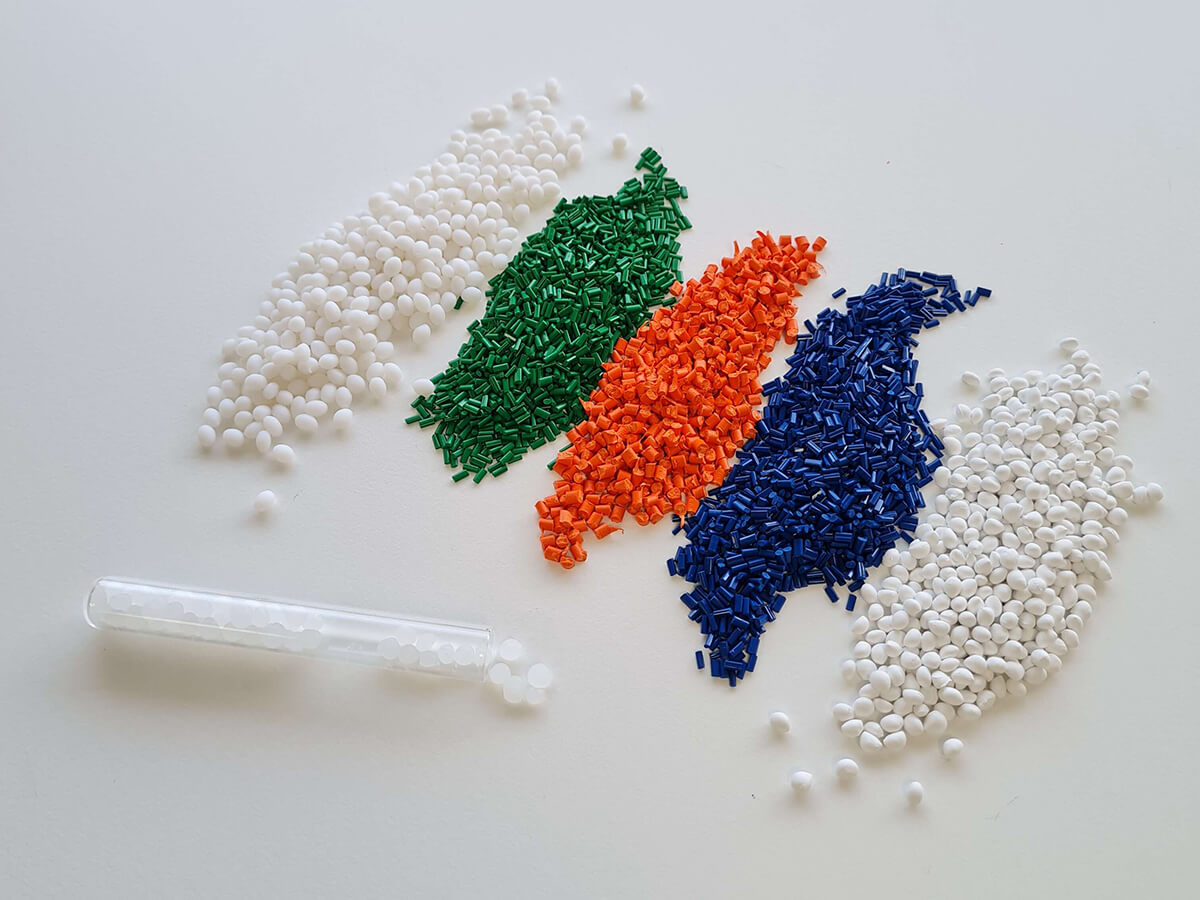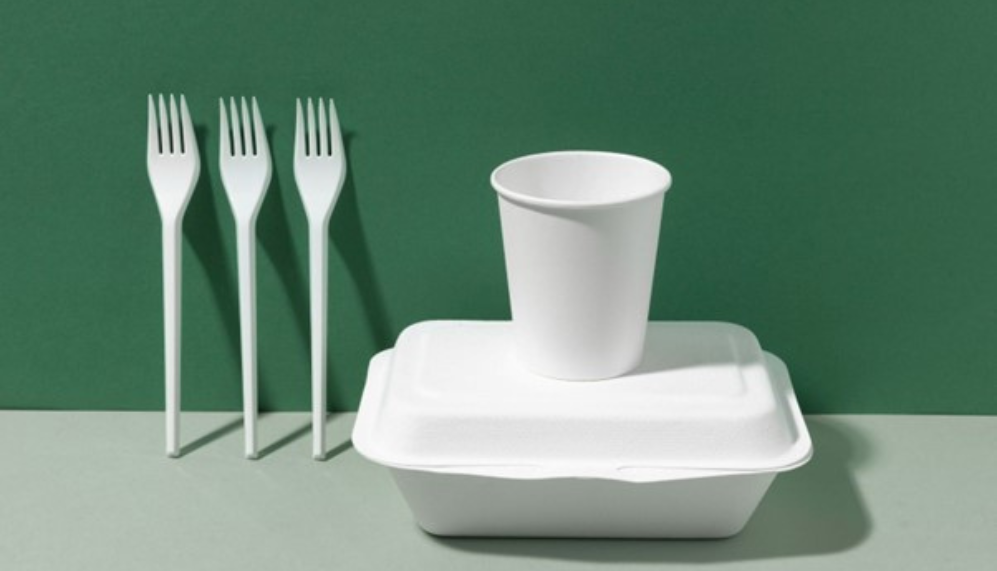
Advantages of using compostable packaging
Compostable packaging is one of the sustainable alternatives to which the packaging industry is turning to address the environmental problem os waste generated by conventional plastic.
The growing consumer demand for more sustainable packaging and the appearance of different regulations in the plastics sector has led to the search for new materials that are more environmentally friendly. One of these solutions is packaging made from compostable material.
Continue reading to find out what compostable packaging is, what types of compostable packaging exist and what are the main advantages of using this type of packaging.
Compostable packaging is a type of container that biodegrades into compost, CO2 and water without leaving residues of heavy metals or microplastics.
It is important not to confuse compostable materials with oxo-degradable materials. Oxodegradation or oxobiodegradation is the fragmentation of the material into small plastic fractions. This causes the material to be invisible to the human eye. However, it does not mean that it has actually biodegraded.
In fact, these tiny plastic fragments are what we now know as microplastics, one of the major environmental problems that the packaging industry must address.
If you are interested in learning more about microplastics, we recommend this post on oxodegradables.
Materials used in compostable packaging
The materials used for compostable packaging can be of different types and origins. However, we should not confuse the organic origin of a material (i.e. that it comes from renewable sources) with the fact that it is compostable.
Biodegradable and bio-based do not mean the same thing.
Some of the most commonly used materials for the manufacture of compostable packaging are PLA, PBAT and PHA.
- Discover the main types of bioplastics
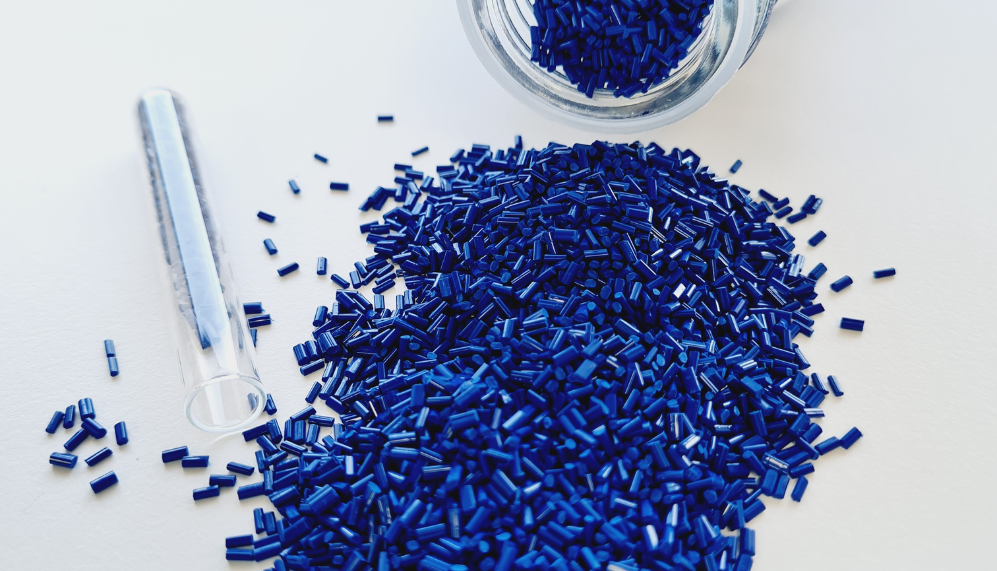
Here are a number of advantages that you probably haven’t considered yet.
Reduced waste generation
As you may have read in the previous paragraphs, compostable packaging helps to reduce the environmental impact of conventional plastic. This type of packaging prevents packaging that has already been used from becoming waste that can remain in nature for thousands of years.
Thanks to its compostability feature, in a few months, the container will have converted into compost, CO2 and water.
Reduce use of petroleum
Many of the compostable materials used to make these compostable containers come from plant-based sources such as corn, sugar can or sugar beets. The use of these renewable sources makes it unnecessary to use fossil resources for the manufacture of biopolymers.
Corporate responsibility
Corporate responsibility has become an aspect to be valued by consumers. Concern for a system based on the circular economy is growing and more and more users are looking to buy products from brands and companies that manufacture with a more sustainable model.
By this, we mean that many of us are willing to pay more for a product whose packaging is more environmentally friendly. This would mean that customers would choose that product for the added value of being more environmentally responsible.
Adaptation to new regulations
The emergence of regulations that seek to reduce the environmental impact of plastic waste is already a reality. Recently, different legislative texts have appeared, such as the European Directive 2018/852, which obliges the plastic industry to meet very clear objectives. Among other things, it establishes that by 2030 all plastic packaging must be reusable, recyclable or compostable.
On the other hand, there are also other regional regulations, such as the Balearic Waste Law or the Waste Law of the Valencian community, which promote the use of compostable materials and packaging.
How do I know that a package is compostable?
For packaging to be compostable, it must comply with the UNE-EN 13432:2001 standard, Requirements for compostable and biodegradable packaging. This European standard specifies the requirements and procedures for determining the compostability and anaerobic treatability of packaging materials, indicating four characteristics:
- Biodegradability
- Disintegration during biological treatment
- Effect on the biological treatment process
- Effect on the quality of the obtained compost
The Ok Compost Certificate
The purpose of the “Ok Compost” certificate is to guarantee the compostability of the products according to the UNE EN-13432 standard. The requirements that a material must meet in order to have the Ok Compost certificate are the following:
- The material must biodegrade at least 90% during the first 6
- During the disintegration process of the product, there can be no pieces larger than 2 mm after the first 12 weeks.
There are two different types of Ok Compost stamps depending on where the composting process takes place:
- Ok Industrial Compost: it is carried out under industrial composting conditions. This means, in industrial composting plants. To carry out the composting, the temperature is approximately 58º and it is a 6 month process.
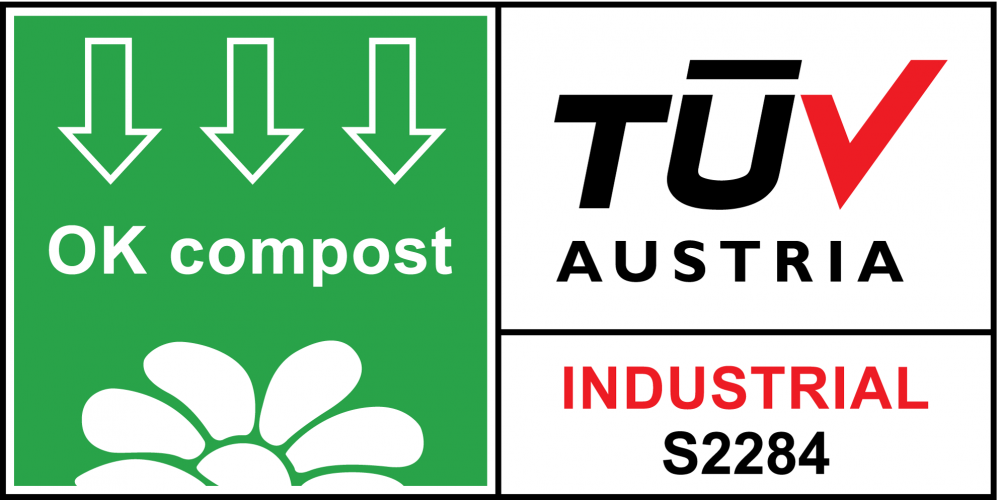
- Ok Compost Home: to obtain the home composting certificate, the product must biodegrade at a temperature of approximately 20º or 30º during a process of maximum 12 months.
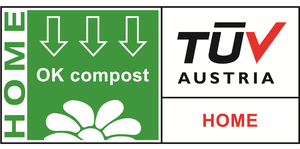
Compostable packaging will only be compostable if it meets the mentioned requirements. At Prime Biopolymers we develop Ok Compost certified grades. Our ZIMIA grades comply with the European Union standard EN-13432. Learn more about its applications!







